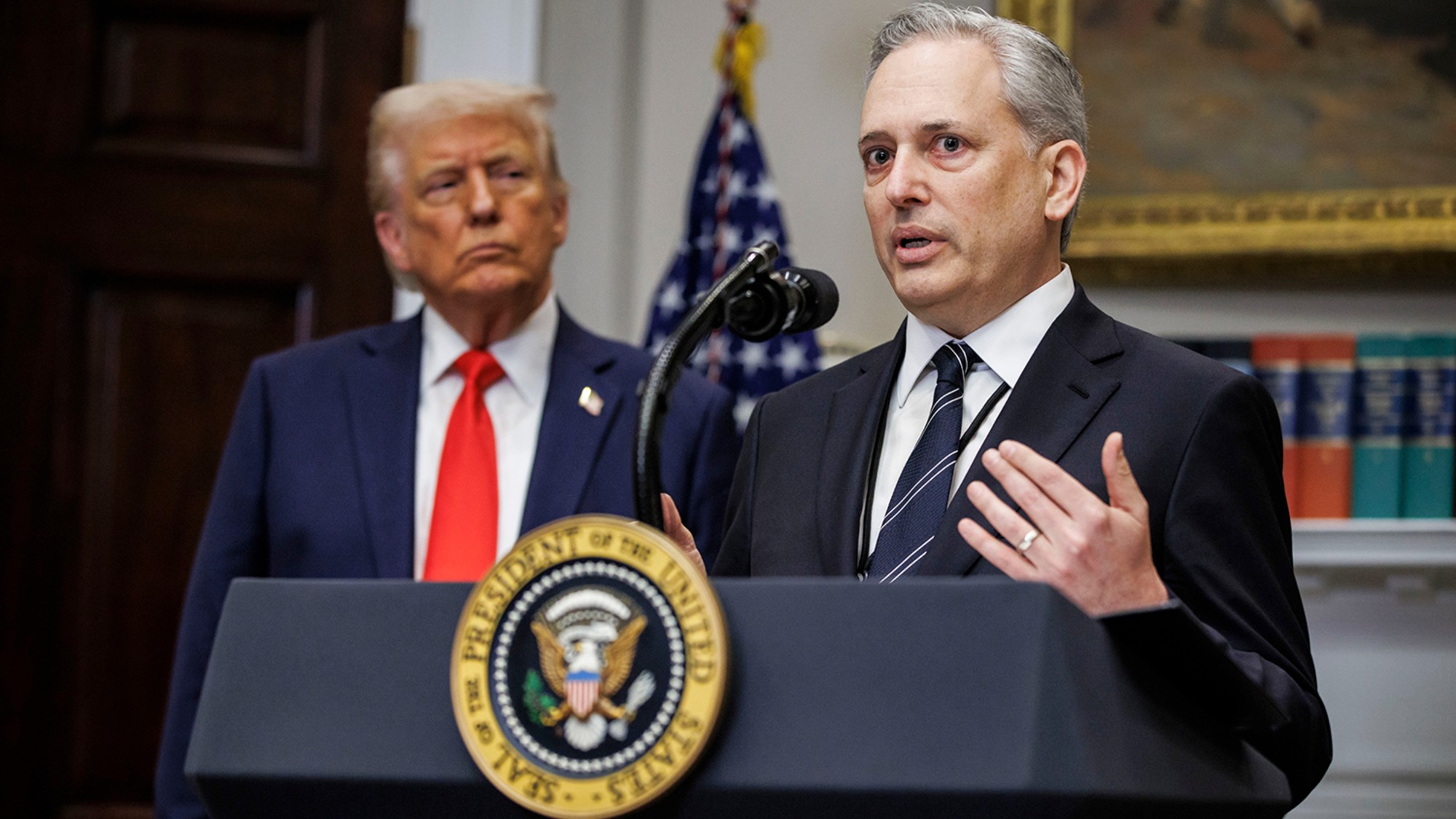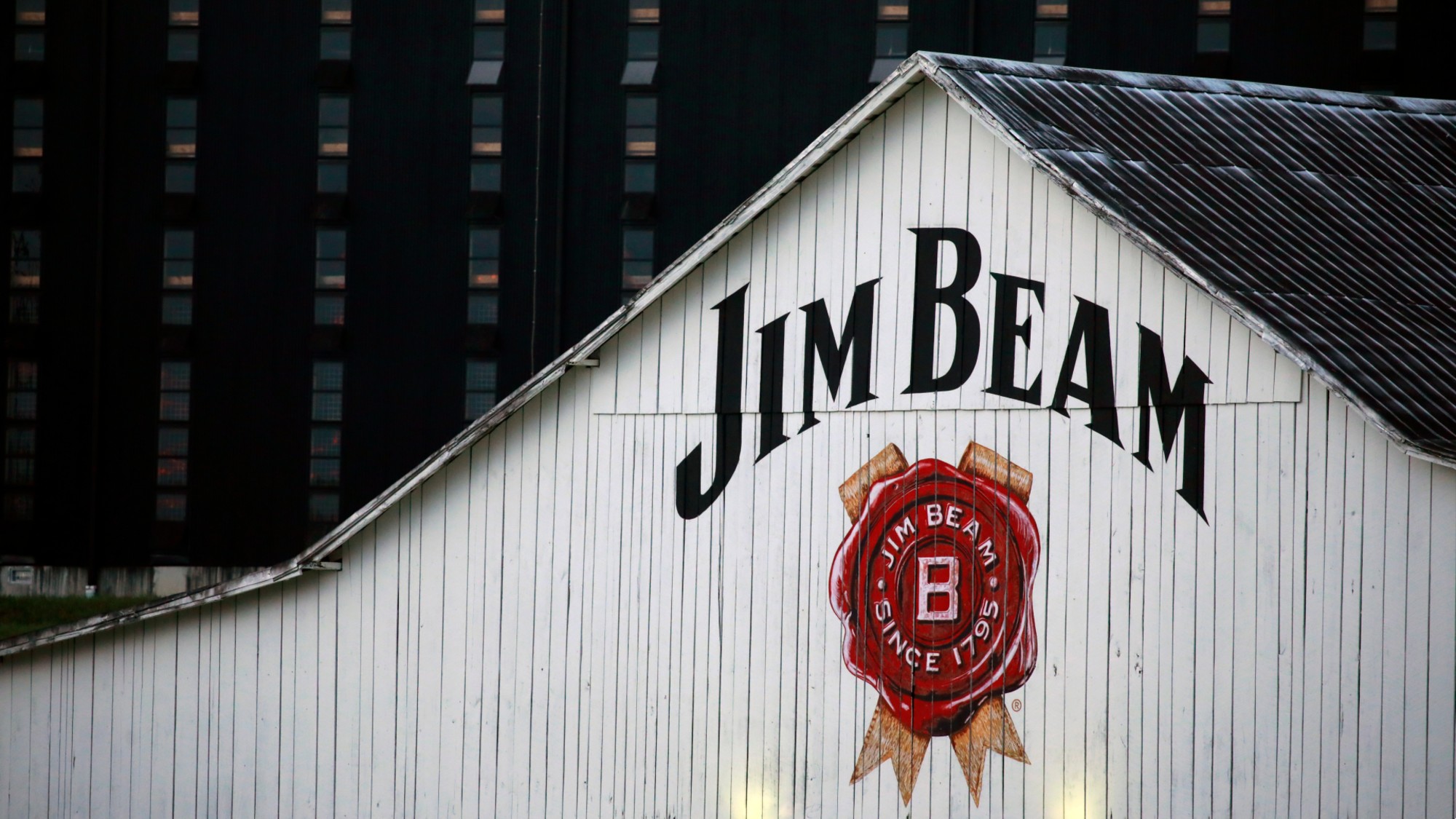The Model as Muse: Embodying Fashion
An exhibition at the Metropolitan Museum of Art traces the rise of the model from anonymous face in Vogue and other magazines to full-fledged celebrity.
Metropolitan Museum of Art, New York
Through Aug. 9
When—and how—did “Gisele, Naomi, and Tyra” become household names? asked Cathy Horyn in The New York Times. “Sometime in the 1980s, fashion models left the glossy kingdom of Vogue and Harper’s Bazaar and moved in with us.” A new exhibition at the Metropolitan Museum of Art traces the rise of the model from anonymous face in a magazine to full-fledged celebrity. In the 1950s, photographers Irving Penn and Richard Avedon first became known for their close relationships with such models as Dorian Leigh and Suzy Parker. In the 1960s, Twiggy’s face was everywhere, photographed by Bert Stern and others. These graceful images combine “a sense of femininity” with a hint of proto-feminist assertion. Later photographers, including Bruce Weber, helped promote “supermodels” like Naomi Campbell and Kate Moss—and at this point the exhibition becomes little more than “icon-mongering.”
The Week
Escape your echo chamber. Get the facts behind the news, plus analysis from multiple perspectives.

Sign up for The Week's Free Newsletters
From our morning news briefing to a weekly Good News Newsletter, get the best of The Week delivered directly to your inbox.
From our morning news briefing to a weekly Good News Newsletter, get the best of The Week delivered directly to your inbox.
This “provocative” exhibition mostly provides a depressing history of “how these living mannequins shape a population’s definition of beauty,” said Robin Givhan in The Washington Post. At some point, fashion photography shifted from “selling clothes to selling the body wearing the clothes.” When fashion moved from the high-style frocks worn by Parker to the short skirts of Twiggy, “women’s bodies were freed from the constraints of bullet brassieres and girdles.” But fashionistas’ passion for narrow waists and “perky breasts” remained.
As a result, “to be fashionable, a woman needed to have a particular kind of physique,” rather than just the right outfit. This was great for the modeling careers of women blessed with such impossible bodies—but not for the rest of us.
A free daily email with the biggest news stories of the day – and the best features from TheWeek.com
-
 Trump vs. states: Who gets to regulate AI?
Trump vs. states: Who gets to regulate AI?Feature Trump launched a task force to challenge state laws on artificial intelligence, but regulation of the technology is under unclear jurisdiction
-
 Decking the halls
Decking the hallsFeature Americans’ love of holiday decorations has turned Christmas from a humble affair to a sparkly spectacle.
-
 Whiskey tariffs cause major problems for American distillers
Whiskey tariffs cause major problems for American distillersIn the Spotlight Jim Beam is the latest brand to feel the pain
-
If/Then
feature Tony-winning Idina Menzel “looks and sounds sensational” in a role tailored to her talents.
-
Rocky
feature It’s a wonder that this Rocky ever reaches the top of the steps.
-
Love and Information
feature Leave it to Caryl Churchill to create a play that “so ingeniously mirrors our age of the splintered attention span.”
-
The Bridges of Madison County
feature Jason Robert Brown’s “richly melodic” score is “one of Broadway’s best in the last decade.”
-
Outside Mullingar
feature John Patrick Shanley’s “charmer of a play” isn’t for cynics.
-
The Night Alive
feature Conor McPherson “has a singular gift for making the ordinary glow with an extra dimension.”
-
No Man’s Land
feature The futility of all conversation has been, paradoxically, the subject of “some of the best dialogue ever written.”
-
The Commons of Pensacola
feature Stage and screen actress Amanda Peet's playwriting debut is a “witty and affecting” domestic drama.